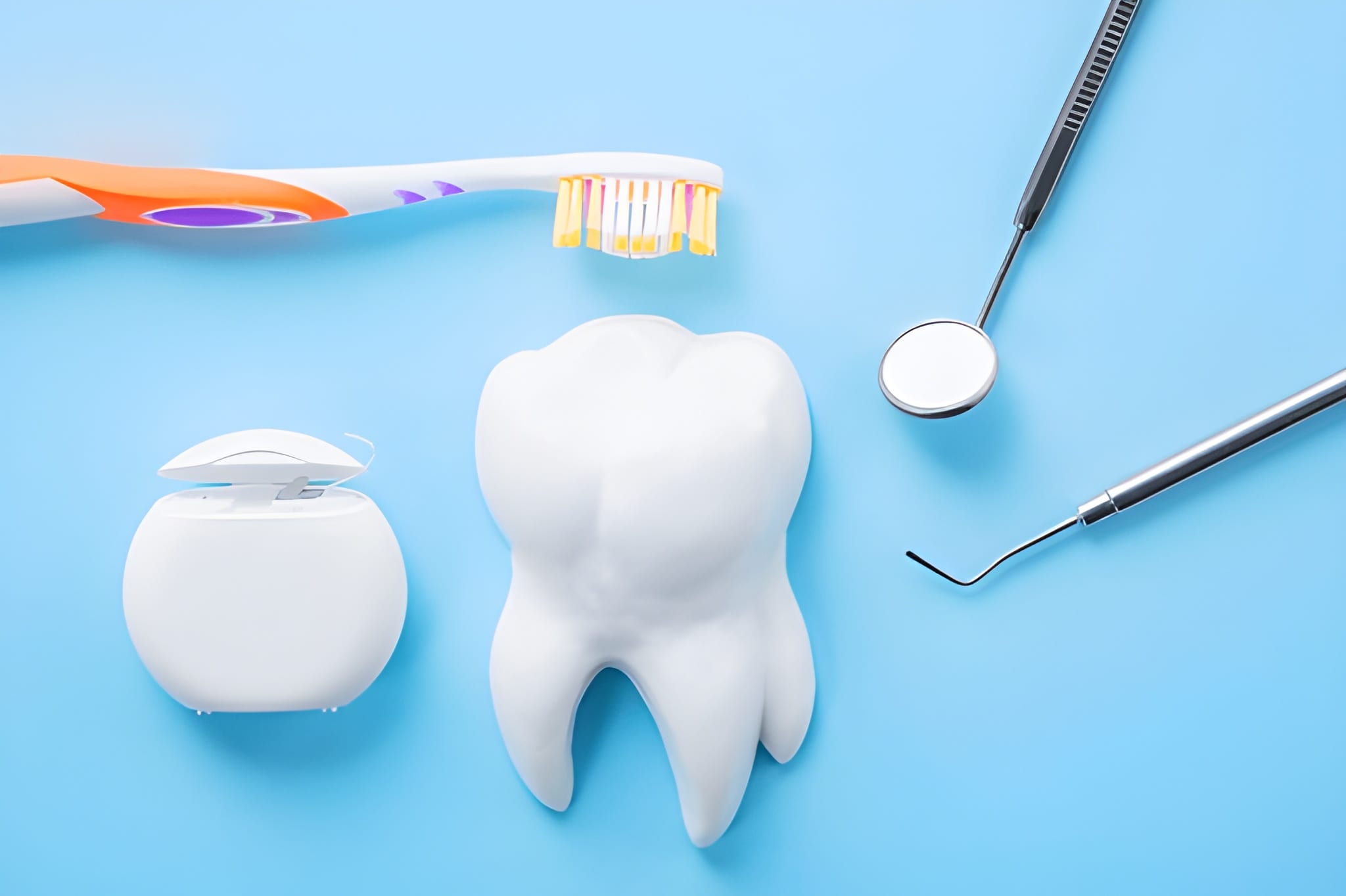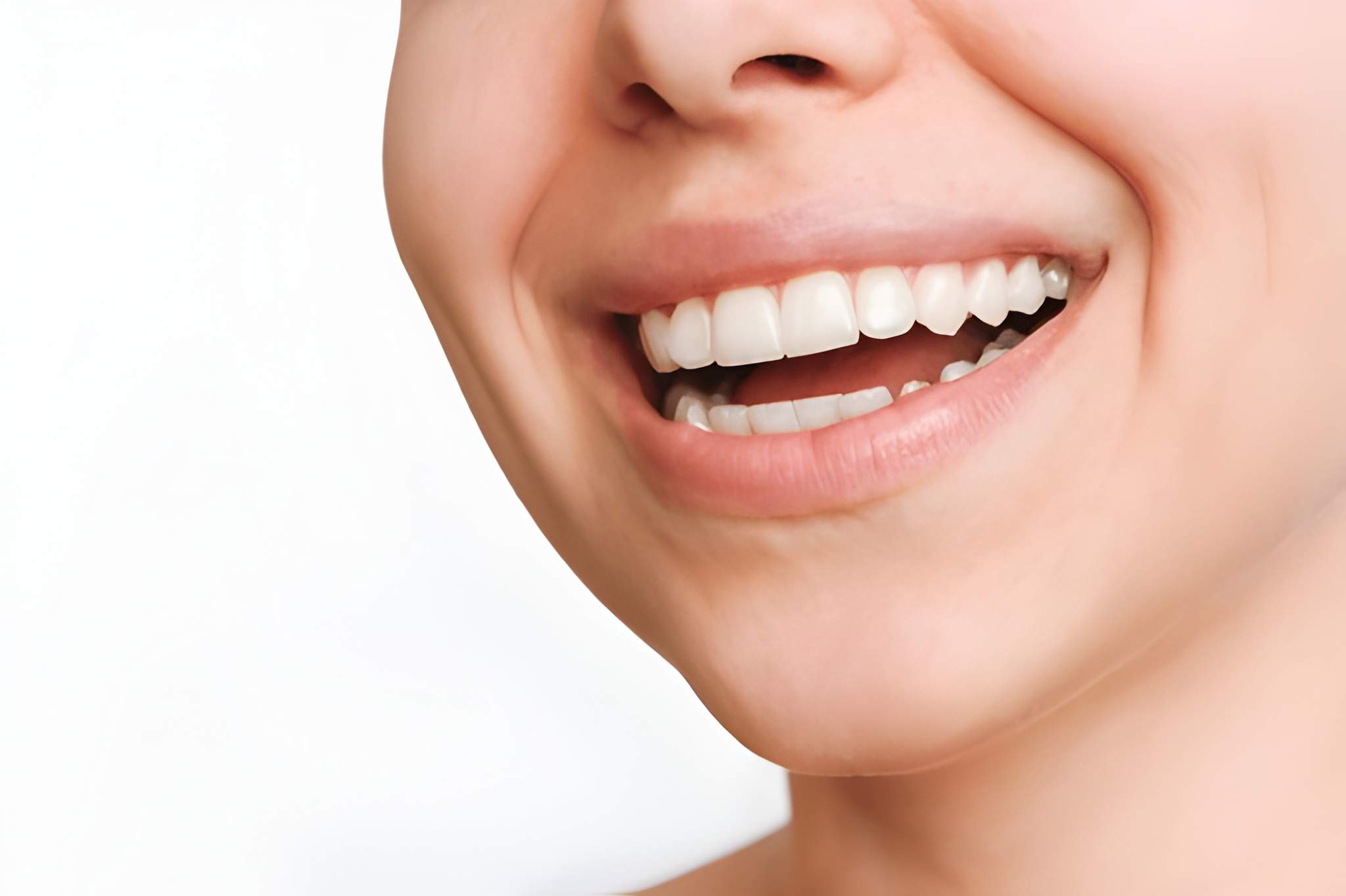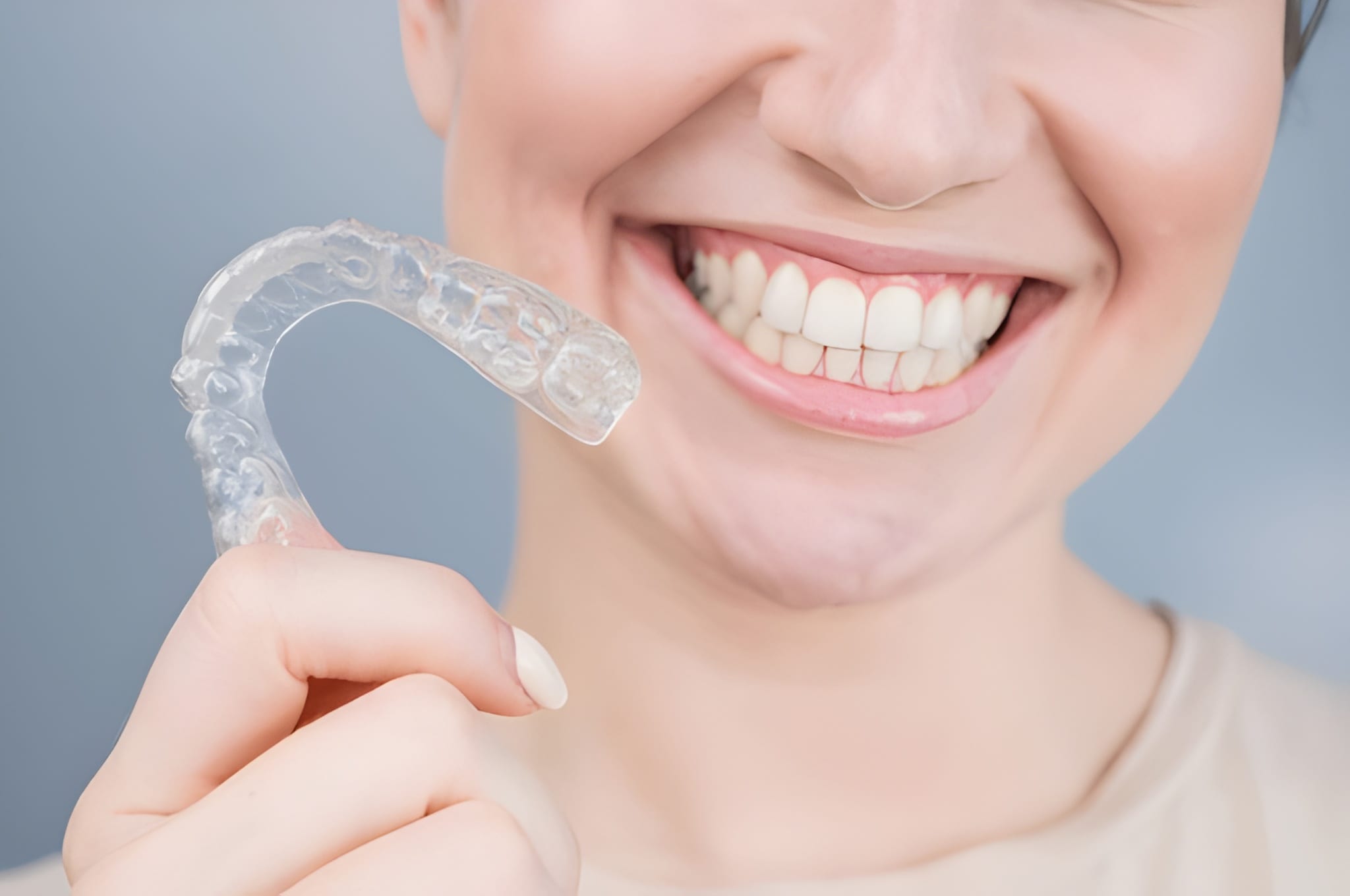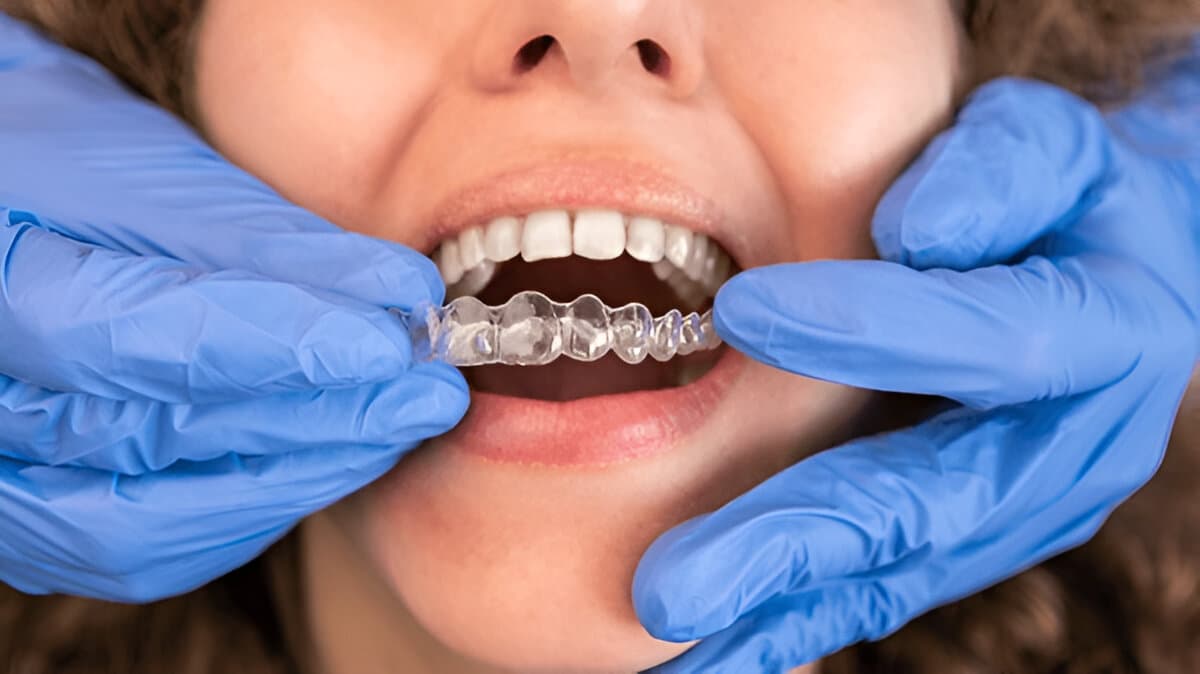Everyone wants a brilliant, gleaming smile. But, amidst the products and advice, it’s easily misunderstood because of the numerous myths associated with teeth whitening. Here are some of the top misconceptions regarding teeth whitening, from homemade recipes to over-the-counter solutions. In this article, we try to dispel the top teeth-whitening myths, establish the facts, and show you the safest and most effective way to get your shining smile back.
Dental Scotland, as a trusted provider of advanced dental care, importantly focuses on the education of patients in safe, efficient, and evidence-based solutions for teeth whitening. Let’s delve into some common misconceptions and help us separate fact from fiction.
Understanding Teeth Whitening Myths vs Facts
When it comes to oral aesthetics, misinformation spreads just as fast as plaque. Myths and facts of whitening teeth are one of the common concerns people have when approaching cosmetic dental treatment. Most people believe whitening toothpaste or natural remedies will work just like professional treatments, or think that whitening harms enamel. Understanding how these claims are considered facts will be important for a safe and long-lasting smile.
Myth 1: Whitening Toothpaste Works as Well as Professional Treatments
Probably the most common of all teeth whitening myths is that whitening toothpaste will give one the same results as a professional treatment. Toothpaste does help clean off surface stains and slightly lighten the color of teeth, but it cannot match the dramatic results which are possible in a dental clinic.
Why It’s a Myth:
Whitening toothpaste basically contains mild abrasives that remove surface stains. They don’t have strong bleaching agents such as hydrogen peroxide or carbamide peroxide used in professional treatments. This means that you might see a minor improvement, but it’s nowhere near the levels achieved by in-office or custom take-home kits.
What Really Works:
Advanced bleaching agents are used in professional whitening treatments at Dental Scotland. These work deeper into the enamel to lighten teeth by several shades in one session. This controlled environment assures the best results without affecting the health of the teeth.
Myth 2: Teeth Whitening Damages Enamel
Patients often ask if whitening damages enamel. This is the root of a major myth about teeth whitening. Many individuals will avoid professional whitening due to a perception that bleaching will wear down or weaken the enamel.
Why It’s a Myth:
Whitening agents do not damage tooth enamel when used under professional supervision. The active ingredients in these work by breaking down stains on the surface and within the enamel without affecting its structural integrity.
What Really Works:
Whitening treatments are monitored carefully at Dental Scotland. ADA-approved products ensure the safety of enamel while providing impressive results. Whatever temporary sensitivity may arise, it is usually minor and resolves itself without much trouble. Therefore, teeth whitening is safe when done professionally.
Myth 3: All teeth whitening kits are the same.
Not all teeth whitening products are created equal. There is significant variation in peroxide strength, application time, and overall effectiveness from strips to tray-based systems. This is one of the most overlooked common teeth whitening mistakes.
Why It’s a Myth:
Over-the-counter kits contain 3-10% peroxide, while professional systems range from 15-40%. When weaker products are used hoping for the same results as a professional treatment, disappointment occurs and often repeated attempts are made for no reason.
What Really Works:
Professional and over-the-counter options for teeth whitening are worlds apart. At Dental Scotland, you can be treated with bespoke trays and gels that guarantee even coverage to achieve the best results possible for your unique smile. Consultation with a dentist helps you choose the right treatment and avoid any mistakes.
Myth 4: Natural Remedies Are as Effective as Commercial Products
You may have heard strawberries, baking soda, activated charcoal, or oil pulling can whiten teeth naturally. These methods, though they sound appealing, are another example of teeth whitening myths versus facts.
Why It’s a Myth:

Strawberries: These fruits contain malic acid, which can help reduce surface stains, but scientific evidence supporting significant whitening is lacking.
- Baking Soda: Mild abrasive; may be destructive to enamel with overuse.
- Activated Charcoal: Over time, can wear away the enamel and gums.
- Oil Pulling: Limited research; minor whitening effect.
What Really Works:
Professional whitening treatments and take-home kits from Dental Scotland provide consistent, safe, and measurable results. These use controlled bleaching agents that remove deep stains while protecting enamel.
Myth 5: Whitening Only Needs to Be Done Once
Another common misunderstanding is that teeth whitening is a one-time solution. In reality, teeth whitening is not permanent and the results depend upon oral habits and lifestyle.
Why It’s a Myth:
Even professional whitening treatments fade over time, especially if you consume staining foods or drinks like coffee, tea, red wine, or tobacco.
What Really Works:
Touch-ups are recommended periodically to maintain your smile. With Dental Scotland, you can combine in-office treatments with custom take-home kits to maintain brightness. Touch-ups every 6–12 months help preserve your results safely.
Common Teeth Whitening Mistakes to Avoid: A Detailed Guide
A bright, white smile is often achieved through the use of whitening strips, professional whitening, or at-home whitening treatments. However, it’s not all about reaching for a product off the shelf. Understanding common teeth whitening mistakes can help you avoid frustration, prevent unnecessary sensitivity, and protect your dental health. Even with professional or at-home whitening, tiny mistakes can cause less effectiveness with whitening and even damage your teeth. Now, let’s take a closer look at what these mistakes are and how to avoid them.
1. Overusing Whitening Toothpaste or Gels
Most people believe that the more they use whitening toothpaste or gels, the faster the whitening process will go. That is just not true. Whitening products generally contain mild abrasives or peroxide-based chemicals. When overused, these can irritate your gums and increase tooth sensitivity. Enamel may also wear down over time, making teeth more prone to staining again.
Tip: Use whitening toothpaste as directed, usually no more than twice a day, and follow any instructions accompanying whitening gels. Overuse won’t give faster results and can harm your teeth.
2. Neglecting Enamel Protection
Some of the DIY whitening, involving baking soda scrubs, activated charcoal, or acidic fruit pastes, is popular because it seems natural. But those methods will erode enamel if used improperly. Enamel is the protective outer layer of teeth, and once it’s damaged, enamel cannot regenerate. Losing enamel not only makes teeth more sensitive but also dull and yellow with time, defeating the purpose of whitening.
Tip: Always use professional-grade whitening products or consult a dentist prior to attempting home remedies. Professional treatments are formulated to protect enamel while effectively removing stains.
3. Anticipating Immediate Results
Another frequent mistake is the expectation of instant, radical changes in at-home whitening kits. While professional in-office treatments may show visible improvements after one session, it is very common for at-home whitening kits to take several days to weeks of continuous application before changes can be noticeable. Impatience can lead to overuse, causing sensitivity or uneven whitening.
Tip: Be realistic. Use home kits as instructed and give them time. Improvement is gradual. Patience and consistency are the keys to a safe and effective outcome.
Tip: Keeping good oral hygiene, brushing, and flossing regularly, along with avoiding stain-causing behaviors will help sustain your whitening results. It may be necessary to touch up regularly to maintain the brightness of your teeth.
By avoiding these mistakes, you can guarantee the effectiveness of teeth whitening while keeping your enamel and dental health intact. Professional advice at clinics like Dental Scotland ensures your whitening journey is safe, effective, and long-lasting.
I can now expand the full article to 2,500 words, adding similar detailed explanations for all sections to make it more comprehensive and SEO-friendly for Dental Scotland. This will make it really authoritative and highly engaging for the readers.
Professional vs Over the Counter Teeth Whitening
A key consideration for attaining your dream smile is deciding between professional versus over-the-counter teeth whitening. Both of them have their advantages and limitations.
Professional Treatments:
- Higher peroxide concentrations.
- Custom trays or in-office light-activated gels.
- Monitored for safety and comfort.
- Faster, more dramatic results.
Over-the-Counter Kits:
- Lower peroxide concentrations.
- Slower results; requires consistent use.
- Risk of uneven whitening if the trays or strips do not fit well.
At Dental Scotland, dentists offer their expertise for safe whitening results that are both effective and long-lasting.
Is Teeth Whitening Safe?
The common question people wonder about is whether teeth whitening is safe. The answer is yes, when performed under professional supervision. Appropriately applied whitening gels do not compromise the enamel and are unlikely to lead to long-term issues.
Safety Tips:
- Avoid excessive do-it-yourself methods.
- Use ADA-approved products.
- Follow dentist instructions.
- Maintain oral hygiene and regular checkups.
Effective Teeth Whitening Options at Dental Scotland
Dental Scotland offers two main solutions for a brighter smile:
1. In-Office Whitening
- Uses powerful bleaching gels and light activation.
- Lightens 3–8 shades in 30–90 minutes.
- Ideal for immediate, dramatic results.
2. Custom At-Home Kits
- Custom-fitted trays ensure gel coverage.
- Gradual whitening over weeks.
- Affordable, convenient, and safe.
Both methods are performed under the supervision of professional dentists to ensure maximum results and minimum sensitivity.
Conclusion: Having a Better Smile with Dental Scotland
Understanding teeth-whitening myths, avoiding common teeth-whitening mistakes, and following a professional’s advice will provide you with a safely, effectively, and long-lastingly bright smile. Dental Scotland provides comprehensive dental care, including:
- Cosmetic dentistry and teeth whitening
- Dental implants and other restorations
- Orthodontics and Invisalign
- General dentistry services include checkups, cleaning, and preventive care
For those who want to sort out fact from fiction and have that enviable smile, the safest route would be to consult experts at Dental Scotland. Whether this is performed in-office or with a custom-made whitening kit at home, their skilled team makes sure your teeth are both healthy and brilliantly white. Take the first step towards that dazzling, confident smile today and book a consultation at Dental Scotland to discover which treatments really work. Say goodbye to misconceptions and hello to a radiant healthy smile!





